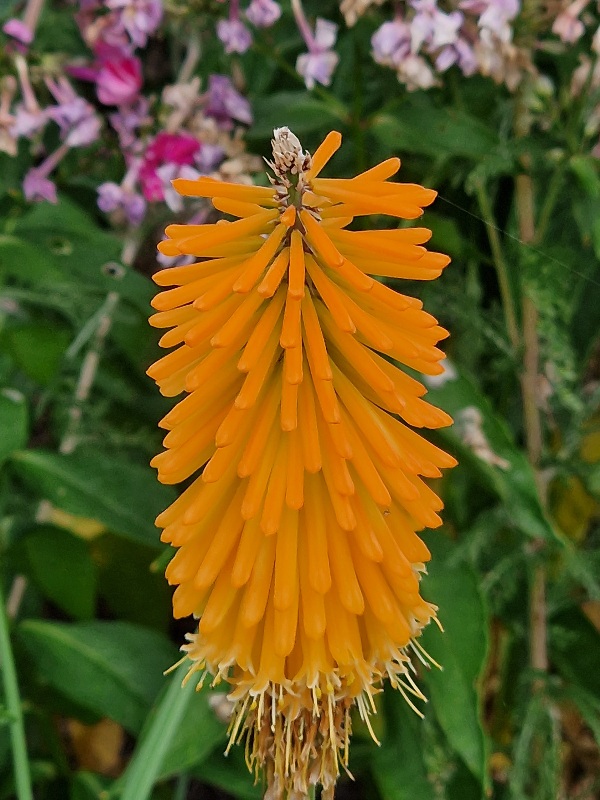- Cutting back foliage of Hellebores will ensure that emerging flowers are not obscured by old leaves and will help to control Hellebore leaf spot disease. Flowers of Hellebores provide forage to some early pollinators, including bees.
- Start tender Fuchsias into growth, by plunging the pots in water for a few minutes and pruning them back quite hard, cutting out spindly lifeless shoots completely and shortening all other shoots and side shoots to about 2.5-5cm long.
- Hardy shrubs that flower on new wood in summer can be pruned this month.
- This is an ideal time for repairing damage to lawns by reseeding or with turf.
- Lift, divide and replant flowering Snowdrops, as their foliage starts to yellow.
- Continue to prune Roses, although Rambler Roses are normally cut back after flowering. Prune back all growth from the previous season by 30-50 percent, aiming to create a rounded open shape bush.
- Feed with well-rotted horse manure or blood fish and bone fertiliser.
- As soon as winter flowering heathers are past their best, clip them lightly to ensure they remain compact and sturdy.
Kitchen Garden
- Early carrots and parsnips can be sown towards the end of this month, unless the ground remains water logged.
- Plant out seedling onions, also plant out onion sets.
- Sprout or “chit” seed potatoes indoors before planting. This leads to earlier and higher yields.
- Planting of fruit trees and bushes should be completed before the end of this month.
- Sow brussels sprouts and plant out hardened cauliflowers.
Under Glass.
- This is an excellent time to take cuttings of many greenhouse and tender bedding plants.
- Start sowing hardy and half-hardy annuals.
- Pot corms of tuberous begonias.
- Pot up Lily Bulbs for glorious summer colour, keeping an eye out for the red coloured Lily Beetle as the shoots emerge, which can soon devastate your plants if not destroyed quickly.
- French and Runner beans can be sown in pots.
Gardening for Wildlife.
- This month is the start of the main breeding season for garden birds. Putting out nesting material, such as hair and wool, will help to encourage birds to nest in your garden.
- Put up nesting boxes for birds
- Continue providing food for birds. They greatly benefit from additional provisions, when the conditions are freezing. At this time avoid whole nuts and large chunky pieces of bird food that can choke fledglings.
- This is the best time to add new plants to your pond, so they have the whole growing season to establish, as the temperature rises
There will be many jobs that will need to be done in the garden in the weeks ahead, as we come into Spring, but this is just a few that you might like to consider.
